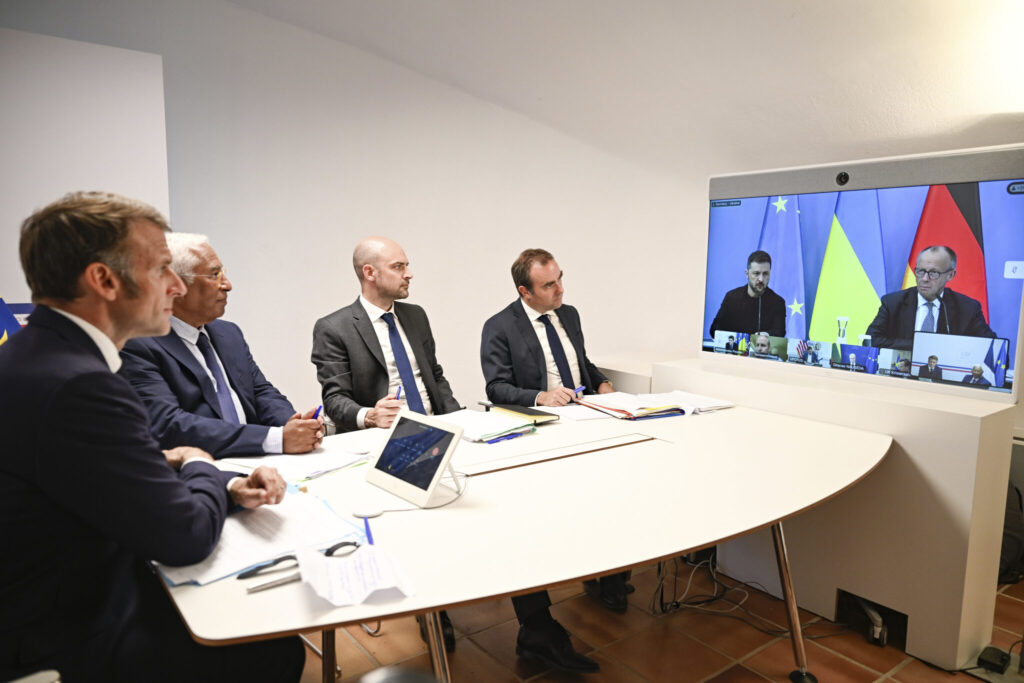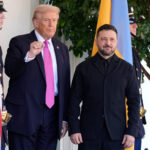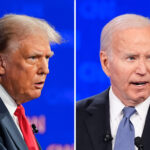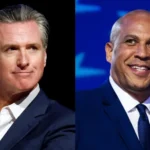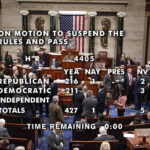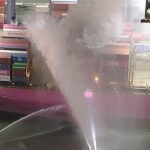Trump’s Nod Strengthens Prospects for Ukraine Peacekeeping Force/ Newslooks/ WASHINGTON/ J. Mansour/ Morning Edition/ President Donald Trump signaled willingness to provide U.S. backup for a European-led force to secure a future peace in Ukraine, a move welcomed by European leaders. The Multinational Force Ukraine would rely on U.S. capabilities, including airpower, to deter Russian aggression. While details remain unclear, the signal vastly improves the mission’s chances of success.
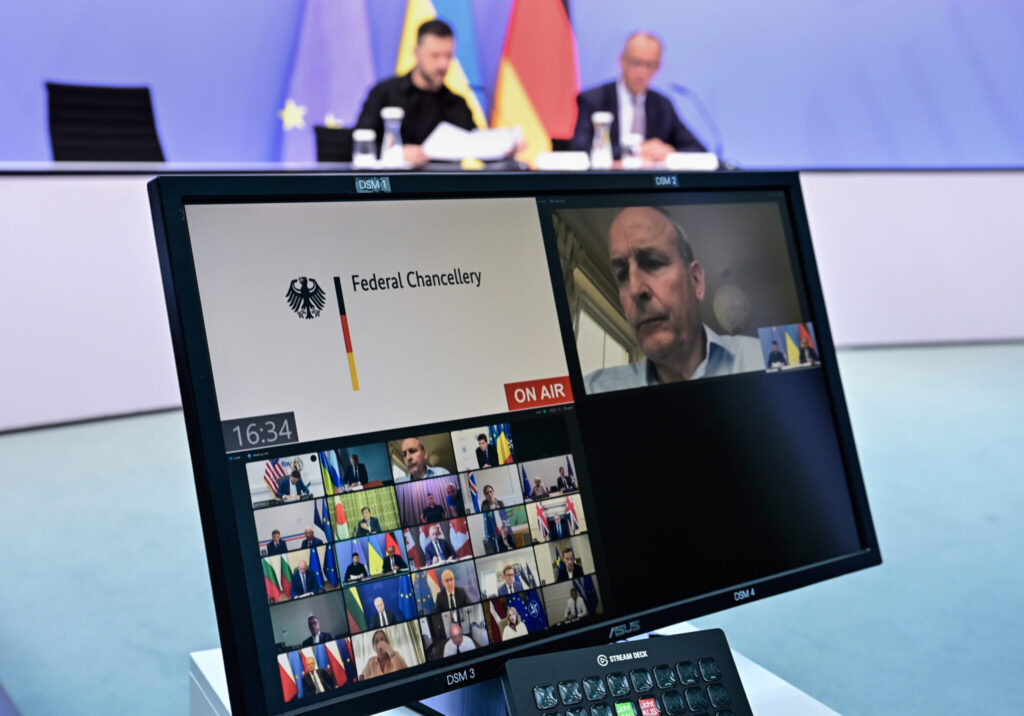
Ukraine Peace Force Quick Looks
- Trump expressed readiness to back a European-led peace force
- The “Multinational Force Ukraine” aims to secure post-war stability
- Force could include 10,000–30,000 troops from 30 countries
- U.S. support vital for airpower and specialized equipment
- France and UK playing leading roles in planning and operations
- Headquarters to be in Paris, then move to London
- Russian officials dismiss concept as political “fantasy”
- Greece and Italy have ruled out sending troops
- NATO membership for Ukraine remains off the table
- Trump insists NATO will not be part of guarantees
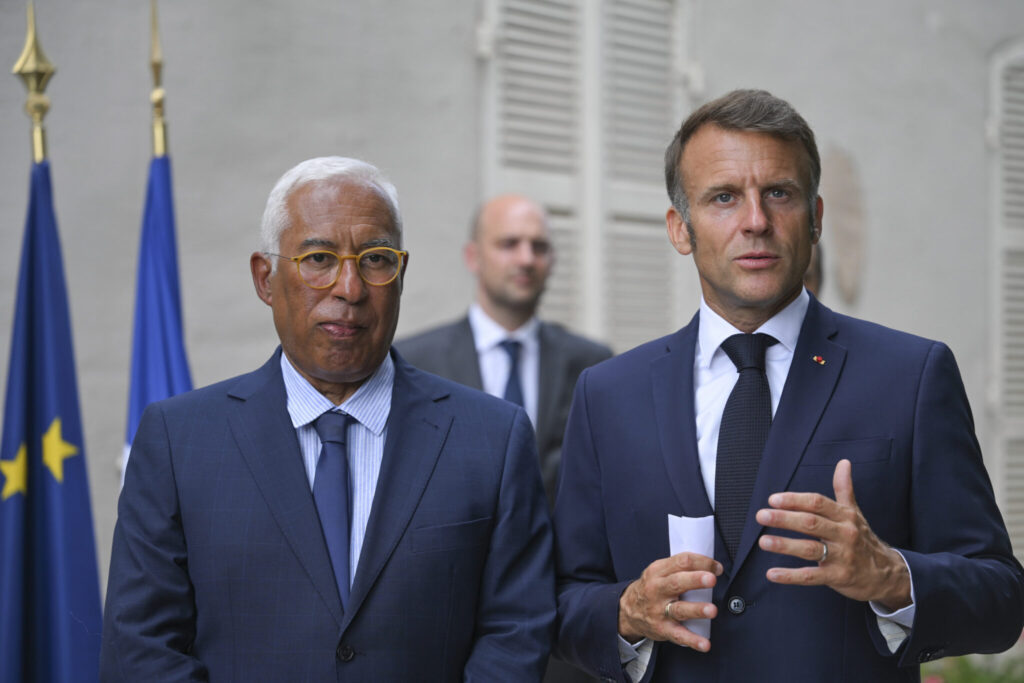
Deep Look: U.S. Support Improves Odds for European-Led Ukraine Peace Force
BRUSSELS — European leaders have praised President Donald Trump for signaling U.S. support for a planned multinational force that would help secure a peace settlement in Ukraine, calling the move a game-changer for the mission’s viability.
The proposal, known as Multinational Force Ukraine, has been in development for months by a coalition of around 30 countries that support Ukraine. Its goal is to deter renewed Russian aggression once the current war — now in its fourth year — ends.
U.S. Involvement Seen as Crucial
The plan depends heavily on capabilities that European militaries lack or have only in limited numbers, particularly advanced airpower. While Trump has not made a formal commitment or disclosed what U.S. assistance might look like, his willingness to provide backup was viewed by European officials as a breakthrough.
European Council President Antonio Costa said the U.S. is ready to “share with Europe the efforts to reinforce security conditions once we obtain a durable and just peace for Ukraine.” French President Emmanuel Macron said Trump made clear NATO would not be part of the security guarantees but that the U.S. and other involved parties should participate.
Vice President JD Vance joined the coalition meeting for the first time — a signal, European diplomats say, of growing U.S. engagement in the planning process.
What the Force Would Do
British Defense Secretary John Healey said the mission would strengthen Ukraine’s land, sea, and air defenses, noting that “the Ukrainian Armed Forces are the best deterrent against future Russian aggression.” Western trainers would work directly with Ukrainian troops.
The force would also bolster the Black Sea Task Force — established last year by Bulgaria, Romania, and Turkey to clear mines and ensure maritime safety — with specialized teams.
Headquarters would be in Paris initially before relocating to London in 2026. A coordination hub in Kyiv would be established once hostilities cease.
Although the exact troop numbers have not been revealed, the UK has suggested a range of 10,000–30,000 soldiers.
Russian Reaction
Russia has dismissed the peace force concept outright. Foreign Minister Sergey Lavrov, speaking in North Korea last month, said Moscow was “not particularly interested” in what he called “fantasies promoted by politicians” such as Macron and UK Prime Minister Keir Starmer.
The Kremlin’s stance underscores the challenge of deploying any such force without Russian consent, though backers say its presence would serve as a deterrent regardless.
Divisions Within the Coalition
Despite Trump’s apparent support, not all coalition members are on board. Greece has rejected participation, calling the idea divisive. Italian Prime Minister Giorgia Meloni has also ruled out sending troops but supports U.S. involvement in coordination efforts.
For many European leaders, the mission is a litmus test of the continent’s ability to provide for its own security, especially as the Trump administration has pushed for Europe to take greater responsibility for Ukraine’s defense.
NATO Membership Still Off the Table
While NATO membership is widely seen in Kyiv as the ultimate security guarantee, the Trump administration removed that option in February, citing the risk of escalating tensions with nuclear-armed Russia. Putin strongly opposes Ukraine joining NATO, and several allies fear it could draw the alliance into a wider conflict.
In the meantime, the Multinational Force Ukraine — with potential U.S. backing — may represent the most realistic near-term mechanism for ensuring Ukraine’s post-war stability.
Whether Trump’s current position translates into a sustained commitment remains uncertain, but European leaders say even the signal of U.S. readiness could encourage more coalition members to pledge troops and resources.

